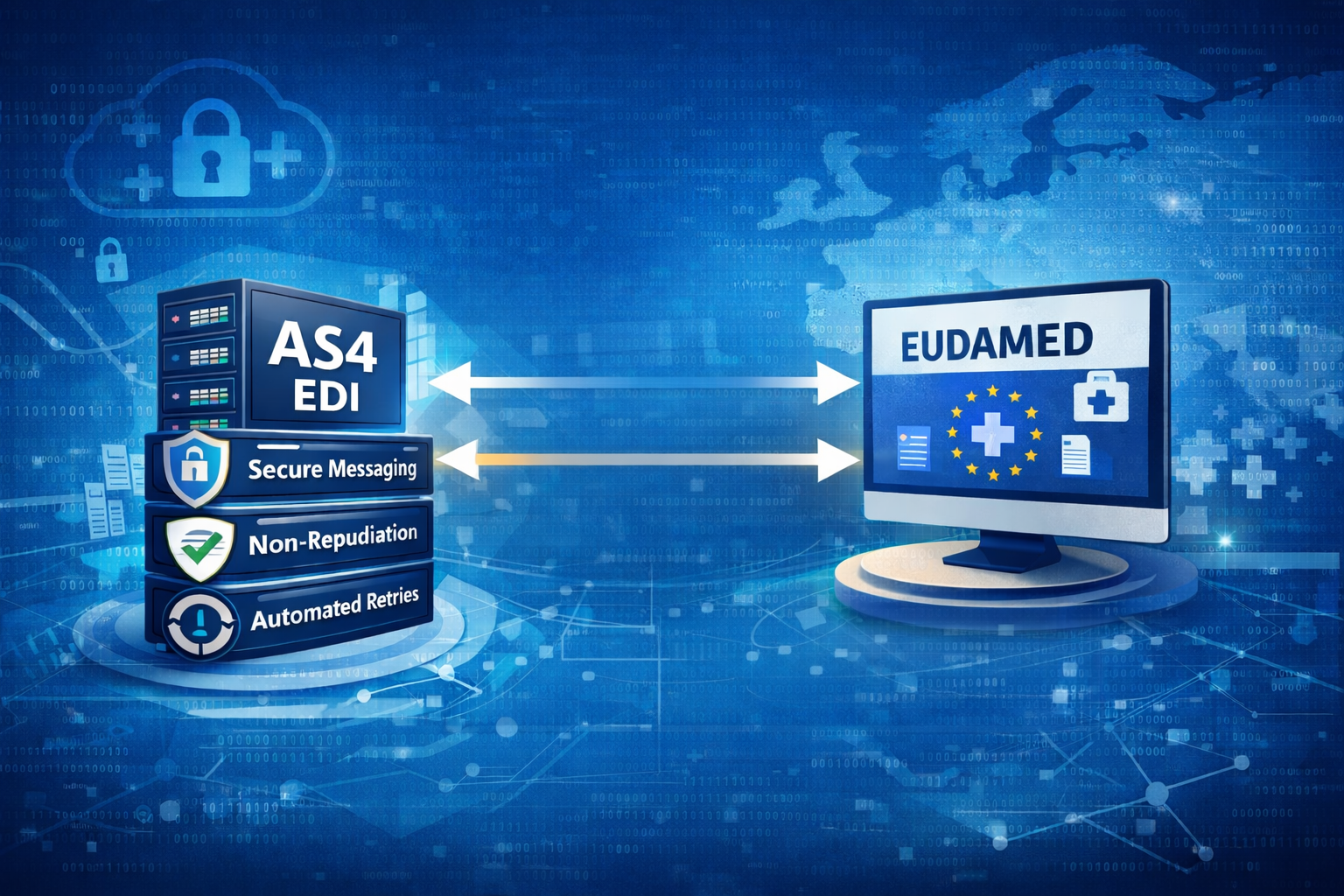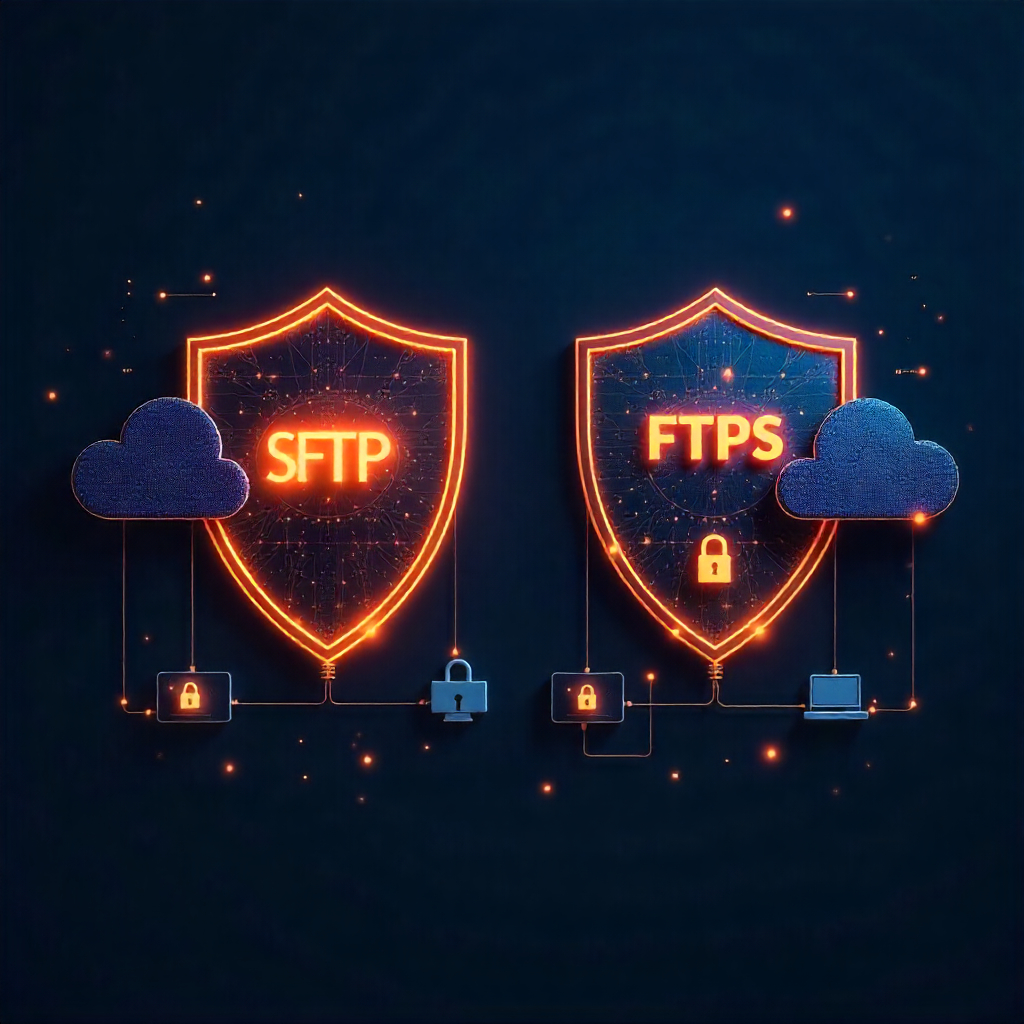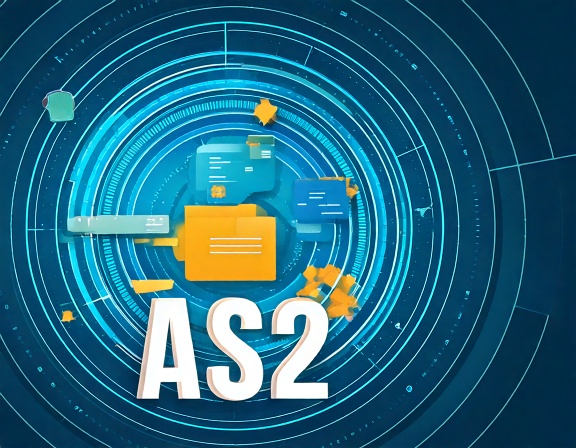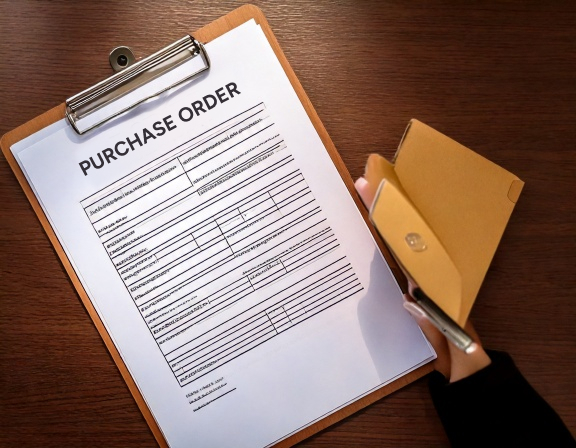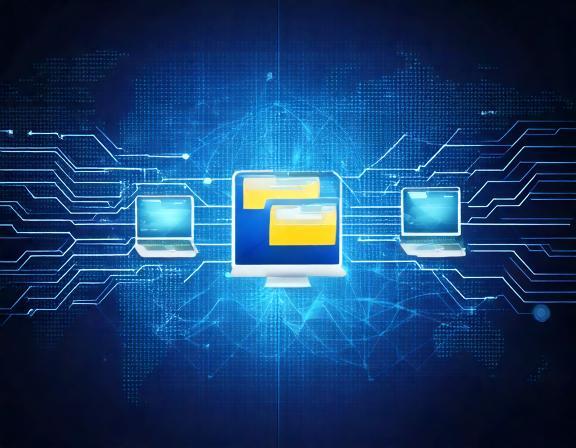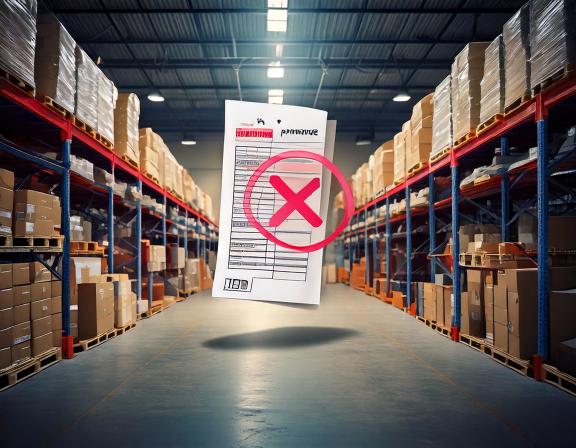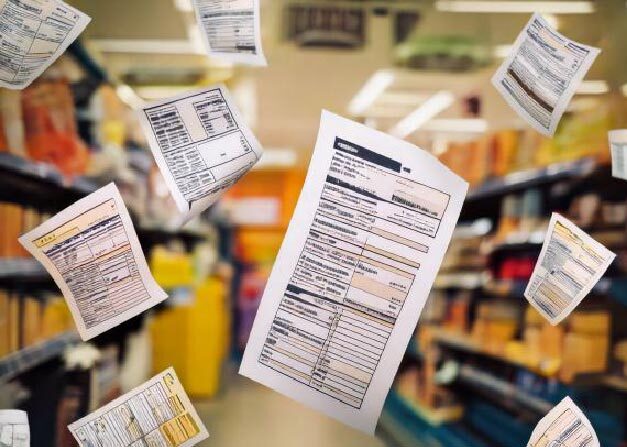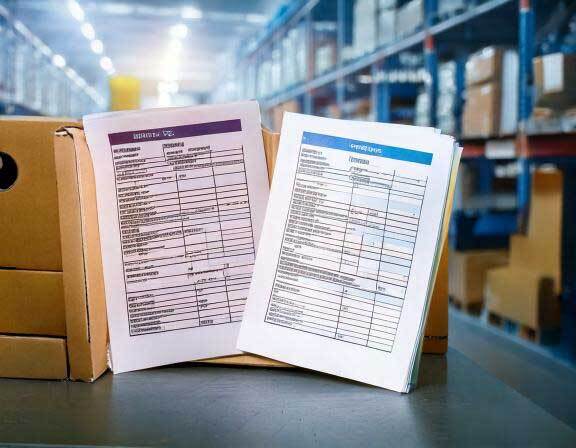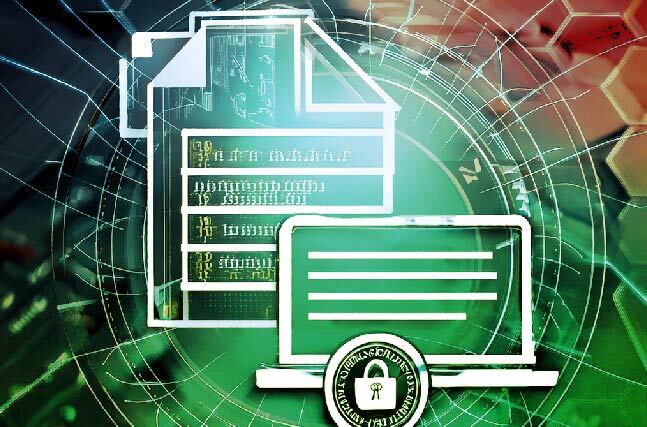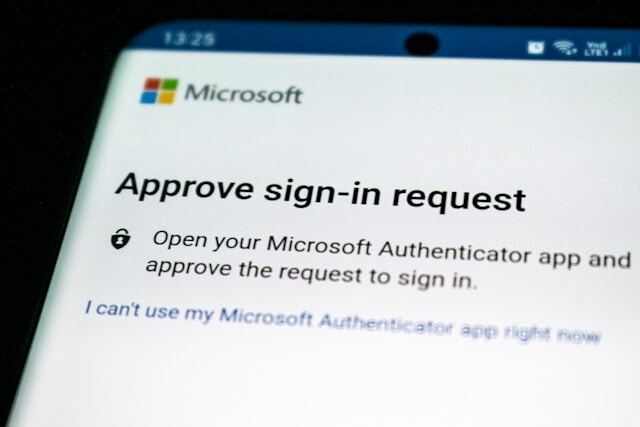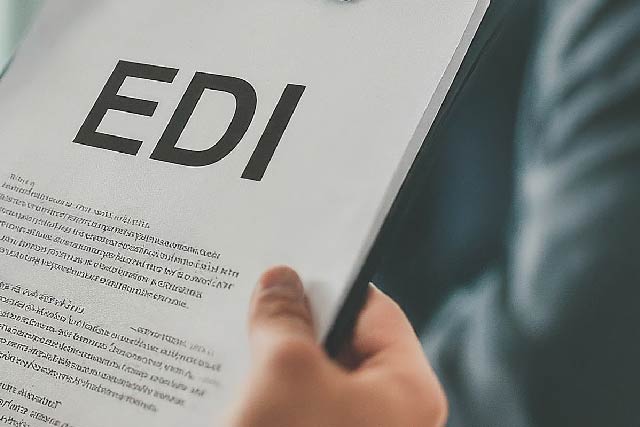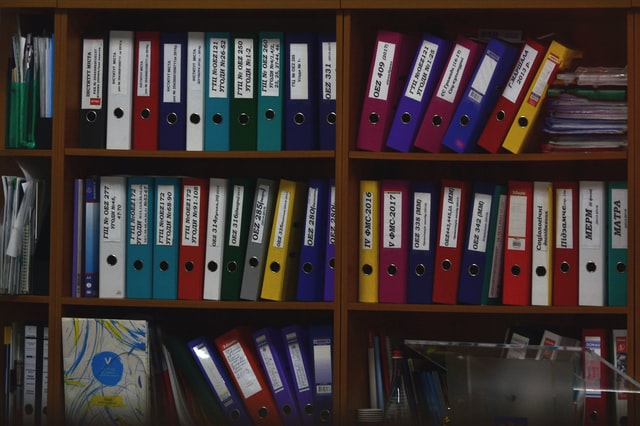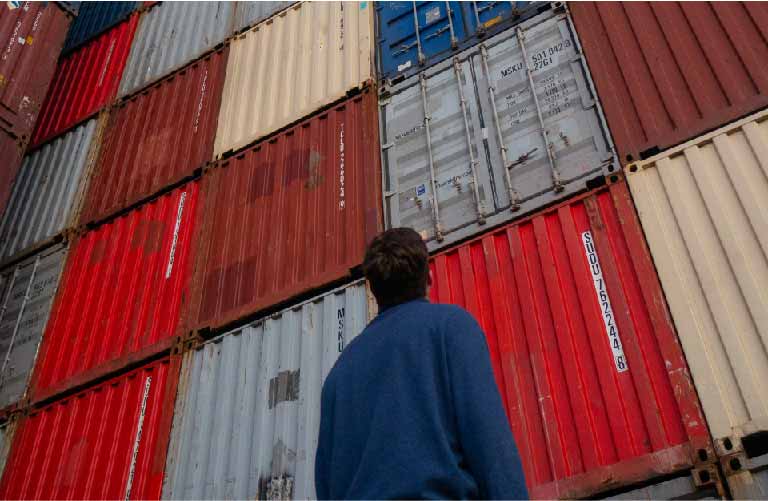MFT Gateway is a hosted Software as a Service (SaaS) solution that enables file exchange over the AS2 or SFTP protocol, without the need to install or maintain.
- Blog
- How to Read and Debug an AS2 Transmission Log Like a Pro
AS2
How to Read and Debug an AS2 Transmission Log Like a Pro
Master AS2 log analysis for secure, compliant B2B data exchange. Learn to track message flow, MDNs, and troubleshoot common errors.

Indunil Rajapakse
Published: 21 Jul 2025

AS2 (Applicability Statement 2) is a widely used file transmission protocol for secure B2B (Business-to-Business) data transfer over HTTP/S. Log analysis is essential for understanding and debugging AS2 transmission logs. These logs are records created by the system that document the entire AS2 message sending and receiving process. They are crucial for auditing, troubleshooting, and monitoring secure data transfers between business partners. This process ensures secure, reliable, and verifiable data transfers between trading partners. It requires a solid understanding of the AS2 protocol, effective log analysis methodologies, and familiarity with common fault scenarios to efficiently interpret and debug AS2 transmission logs.
An MFT Gateway serves as a trustworthy and secure facilitator for data exchange in B2B transactions, and is designed to meet specific industry requirements. The MFT Gateway’s new Audit Logs feature maintains a complete record of system activity, offering greater visibility into operations and accountability. The logs capture various activities of the MFT Gateway application, providing insights into operations and errors by allowing filtering by subject, severity level and users listed in the user management system. Accessing and analyzing these logs is essential for troubleshooting, auditing, and maintaining the security and resilience of your B2B transactions via MFT Gateway. This process ensures security, reliability, and verifiability of data exchanges between trading partners.
How the AS2 message flow works:
-
Preparing documents The first step in the AS2 message flow is for the sender to create a business document that can be encrypted, digitally signed, and compressed.
-
Message packing and the delivery process After that, bundle it in S/MIME format with AS2-specific headers and send it via HTTP or HTTPS to the recipient’s AS2 endpoint.
-
Receiving Messages After receiving the message, the recipient decrypts it if it is encrypted, checks the digital signature if it is signed, decompresses it if required, and processes the payload.
-
MDN Response (Message Disposition Notification) The recipient can send an MDN synchronously or asynchronously to confirm receipt, specify whether the message has been received, and confirm various aspects of the message’s authenticity and integrity.
-
Verifies MDN To determine whether the transaction was successful, the message IDs and disposition statuses provide information about message processing, while the Message Integrity Check (MIC) and digital signatures confirm that the recipient received the original message and verify its integrity, while the sender can then verify the signature on the MDN to confirm the sender’s authentication of the MDN, ensuring it’s from the expected source.
Key features of AS2 transmission logs:
-
Timestamps: Every message exchange is captured in AS2 transmission logs. Time stamps, the exact moment each event occurs, are helpful for tracking performance.
-
Message Metadata: To identify and connect communications between trading partners, the logs also include message metadata, including the ‘Message-ID’ (the AS2 message’s unique identifier), ‘AS2-From’, and ‘AS2-To’ (the message sender’s and recipient’s AS2 IDs ).
-
Security Operations: The algorithms used, whether messages were encrypted or signed, the certificate used for encryption and signing, and whether signature verification or decryption was successful are all noted in the transparent logs of security operations.
-
Transmission Details: Transmission information, such as the HTTP method (typically POST), the AS2 Endpoint URL (receiver’s destination address), headers (AS2-From, AS2-To, Content-Type, etc.), and the HTTP response code (200 OK for successful responses or 4xx/5xx for error codes to indicate issues).
-
MDN: Validation of MDN Signature shows whether the returned MDN was signed and if the verification process was successful. It verifies if the MDN was valid and correctly signed, as well as whether the message was processed successfully. Debugging Messages: Any errors or warnings are recorded, describing issues such as invalid signatures, failed decryptions, invalid certificates, connectivity issues such as connection timeouts, unreachable endpoints or issues with the MIME structure.
-
Attempts to Retry and Resend: Number of attempts to retry unsuccessful transmissions, timestamps for each retry, and the final status of whether the message was successfully resent or permanently failed.
-
Details of the Payload: Provide optional details about the payload, like its type, size, or level of compression. These elements work together to guarantee a thorough audit trail for secure, authentic AS2 communications.
Advantages of AS2 logs:
-
Analyzing and debugging: Debug logging gives more details. This will give you a thorough understanding of every stage of the communication and enable you to quickly spot issues like failed decryption, mismatched signatures, or connection errors.
-
Auditability: For internal data governance and regulatory compliance, logs offer a formal audit record for every message exchange.
-
Message traceability: Complete end-to-end tracking of every AS2 message and its MDN response is made possible by the distinct message IDs and timestamps found in every log. To determine processing times, find bottlenecks, and improve system performance, organizations can employ timestamp analysis. By documenting failed attempts and retry operations, logs make it simple to manage brief outages and verify whether a message was delivered. Technical and business teams can keep an eye on the success rates and overall health of B2B transactions in real time.
-
Confirmation of Security: Logs can be used to track the success rates and status of B2B transactions in real time. Logs help to verify the digital signature and encryption processes, guaranteeing the validity, confidentiality, and integrity of the message. By recording failed attempts and retries, logs allow for the seamless management of brief outages and verify whether a message was sent successfully.
Conclusion
AS2 transmission logs are critically important for ensuring the visibility, security, and reliability of B2B data exchanges. These logs fully record all AS2 messages sent and received, including encryption, signature verification, and MDN handling, with accurate timestamps. Without these logs, troubleshooting issues, confirming message delivery, and verifying compliance with industry standards would be nearly impossible. AS2 logs are essential for maintaining safe, transparent, and reliable digital communications between trading partners, capturing events that help protect both parties in a digital transaction.
Talk to an EDI Expert
Join hundreds of organizations already taking full control of their B2B AS2 communications with our trusted solutions. Contact us today to tailor a solution that fits your specific AS2 EDI needs.
Related Articles
View All BlogsExplore our product stack
Try before you buy with a 30-day Free Trial
No commitment, all value. Try the AS2 Solution Risk-Free and discover how our solutions can transform your business workflows. No credit card required.
Explore Your Possibilities
Elevate AS2 Communications with our EDI and AS2 Solutions
See how our AS2 and EDI solutions can simplify your integrations, boost efficiency, and keep you compliant—request a personalized demo today.


